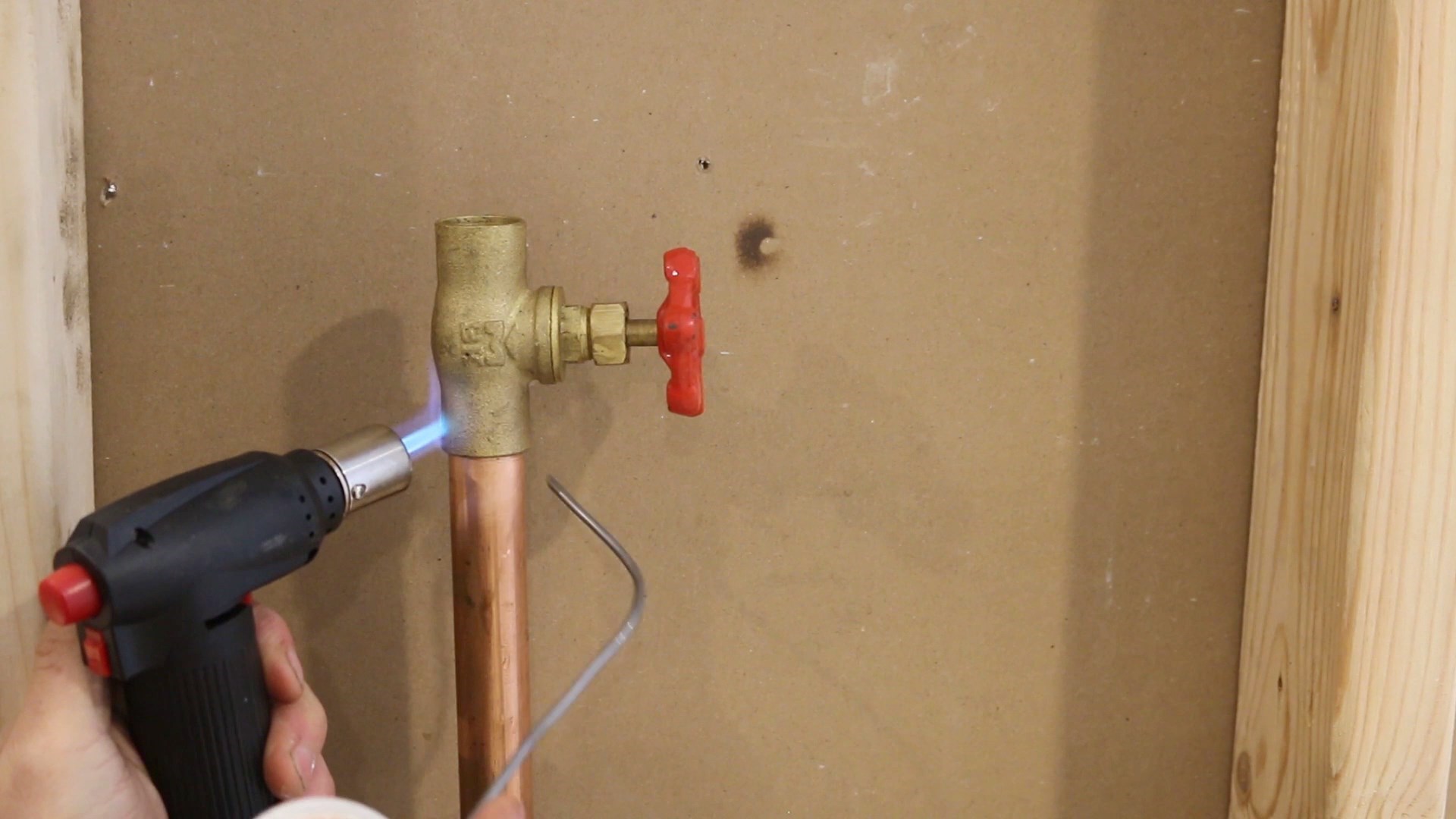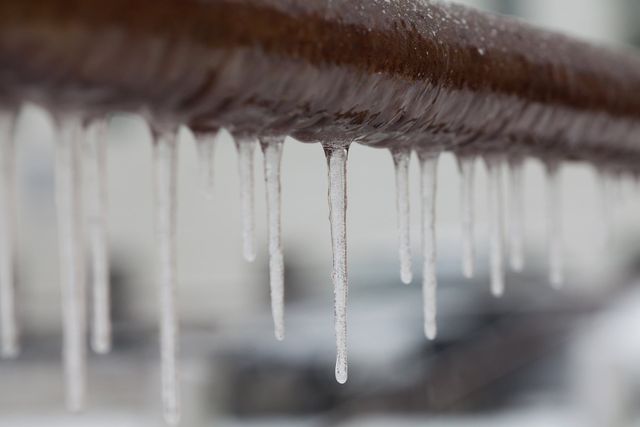Useful Plumbing Winterization Tips to Secure Pipe Bursts in Cold Conditions
Useful Plumbing Winterization Tips to Secure Pipe Bursts in Cold Conditions
Blog Article
We've noticed the article about How to Prevent Frozen Pipes listed below on the net and felt it made good sense to share it with you in this article.

All homeowners who live in pleasant environments should do their best to winterize their pipelines. It is something you have to do during autumn prior to deep winter months truly begins. Failure to do so can spell disaster like icy, fractured, or ruptured pipes. Right here are some helpful winterizing hacks to keep your plumbing system secured even if the climate exterior is frightful.
Switch on the Faucets
When the temperature level drops and it seems as if the freezing temperature will last, it will aid to transform on your water both inside and outdoors. This will certainly maintain the water moving through your plumbing systems. You'll finish up squandering gallons of water this method.
Open Closet Doors Hiding Plumbing
When it's cool outside, it would be handy to open cupboard doors that are masking your pipelines. Doing this tiny technique can keep your pipelines cozy as well as restrict the possibly dangerous results of freezing temperatures.
Take Some Time to Wrap Exposed Water Lines
One great and also simple hack to heat up freezing pipelines is to cover them with warm towels. You can cover them first with towels. After safeguarding them in place, you can pour boiling water on the towels. Do it gradually to let the towels take in the liquid. You can also utilize pre-soaked towels in hot water, simply don't fail to remember to use protective handwear covers to secure your hands from the warmth.
Attempt a Hair Clothes Dryer or Warmth Weapon
When your pipes are virtually freezing, your dependable hair clothes dryer or heat gun is a godsend. If the warm towels do not help remove any kind of settling ice in your pipelines, bowling warm air straight into them might help. You may end up destructive your pipes while trying to thaw the ice.
When Pipes are Frozen, shut Off Water
If you observe that your pipes are entirely icy or nearly nearing that stage, turn off the primary water shutoff right away. You will typically discover this in your cellar or laundry room near the heater or the front wall surface closest to the street. Transform it off as soon as possible to avoid more damages.
With more water, more ice will certainly pile up, which will eventually lead to break pipes. If you are unclear regarding the state of your pipelines this wintertime, it is best to call a specialist plumber for an evaluation.
All homeowners that live in pleasant environments must do their best to winterize their pipelines. Failing to do so can lead to catastrophe like icy, fractured, or ruptured pipelines. If the warm towels do not assist remove any resolving ice in your pipelines, bowling hot air directly into them may aid. Turn off the major water shutoff quickly if you observe that your pipes are entirely frozen or nearly nearing that phase. With even more water, more ice will certainly pile up, which will ultimately lead to burst pipelines.
PREVENT YOUR PIPES FROM FREEZING THIS WINTER
A Leading Cause of Property Damage
When the weather is taking a deep nose dive into the cold dreary days, the risk of your pipes freezing and potentially bursting skyrockets. Unfortunately, during these cold dreary months, burst pipes are the most common denominator for property damage. The pipes that are most at the risk are those that are in areas where it is most cold in your home. For instance, pipes located in interior places such as basements, attics, and your garage. Unfortunately, that doesn’t mean that the pipes running through your cabinets or exterior walls can’t freeze. Good news, however, is that you can do things to help prevent pipes from freezing.
How to Prevent Pipes From Freezing
Once the temperature starts to drop during the winter, you should be taking the proper measures needed to ensure that your pipes stay warm and that there is circulation of water through them. Some steps that experts may recommend could go against your better judgement when it comes to saving water and heat. However, it would go without saying that when expenses are compared, damaged pipes could put a bigger dent in your wallet than a water bill.
What Can I Do?
Keep your garage door closed. This is very important, especially if you have water supply lines running through your garage. Open your kitchen and bathroom cabinets to allow warm air to circulate through them. Allow air circulation throughout your home. Keeping the interior doors open will once again allow the warm air to circulate inside your home. Ensure your thermostat is running the same temperature throughout the night and day. If you plan to be away from home during the cold months, set your temperature no lower than 55° F. This should provide enough heat to keep the pipes warm and prevent any remaining water inside the pipes from freezing. For more of a long-term solution, add insulation to attics, basement, and other crawl spaces around your home. By allowing your faucet to drip, it will alleviate pressure in the system. This is important because the pressure that is created between the blockage and the faucet can potentially cause the pipes to burst. Allowing the faucet to drip will prevent the pressure from building up, therefore keeping the pipes from bursting. Seal any cracks, openings, and crawl spaces around your home to prevent cold air from coming inside. This keeps your pipes-not to mention your home-warmer and less susceptible to issues caused by freezing temperatures. For the pipes in your home that are easily accessible, applying electrical tape to them might prevent them from freezing over. This is a quick fix, as you can apply the tape directly to the pipe. There are two options for heating tapes. One turns on and off by itself when it senses heat is needed. The other type of heating tape needs to be applied when heat is needed and removed when not necessary. If you have exposed pipes in your home, you can check this website to take a look at a few options that would be available at a shop near you.

I found that piece of writing about How to Prevent Frozen Pipes when browsing the web. Kindly take the time to promote this blog post if you liked it. We value reading our article about How to stop pipes from freezing during the winter.
Burst issue? Contact. Report this page